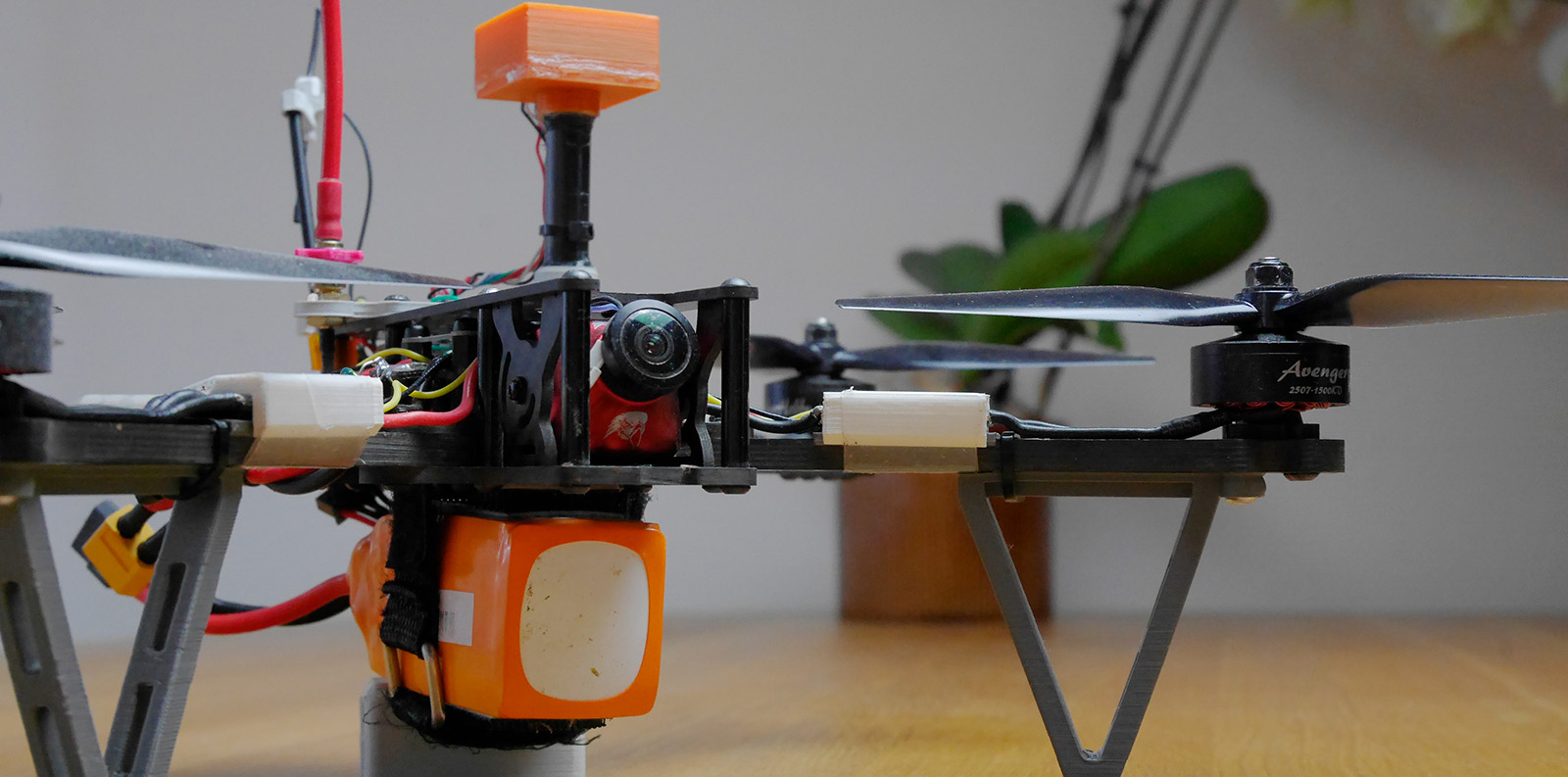Tag: DIY
-

How to make 868MHz or 915MHz dipole antennas for FrSky R9 or TBS Crossfire receivers
The correct length of 868/915MHz antennas used by FrSky R9 and TBS Crossfire is: From time to time FrSky has a big problem with cutting their antennas to a correct length. Good thing, you can make your own TBS Crossfire RX antennas for cheap! In this tutorial, you’ll learn how to build your very own…
-
Do It Yourself liquid soldering flux
Do you know you can make your own liquid soldering flux? And possibly flux pen refill for cheap? All you need is some solid soldering rosin and 95% ethanol alcohol. Cheap, kind of dirty, but works…
-
ESP8266 ESP-01 Low Power Mode – run it for months
Amazing ESP8266 ESP-01 WiFi boards have pretty irritating problem: theirs power consumption is pretty high. Minimal power consumption of about 70mA when doing nothing and above 100mA when when transferring data makes it rather impossible to use it on battery power for a longer period of time. Set of 2 AA batteries would be drained…
-
3D Printed 433MHz Moxon Antenna With Arm And Snap Mount
It’s still middle of winter here in northern hemisphere, but I’m slowly preparing for next flying season. One of my goals is to push my DIY HC-12 Telelemetry System to a next level. In both range and quality. For quality I’m planning small hardware LTM decoder with LCD. For range, I want to reach at…
-

SmartPort inverter for F4 flight controllers
While STM32F4 family processors installed in newest flight controllers are superior to STM32F3 (and F1 of course) in terms of raw speed, they are inferior to F3 family in terms of IO handling capabilities. For example, F4 family is not equipped with UART port inverters. There is an S.BUS inverter, but not a SmartPort inverter.…
-
Hobbyking Mini DLG Pro 990mm durability fix
Entry level DLG (Discus Launch Glider) from HobbyKing has a quite important flaw for a “entry” level model: it is not durable. As a matter of fact, it is quite fragile, specially where plastic nose section is attached to composite fuselage tube. It is attached only with 3 small screws, and I can guarantee: every…
-

ATtiny85 Light Sensor – I2C slave device
I love AVR ATtinyx5 series microcontrollers. They are cheap, easy to use, they can be programmed just like Arduinos and comparing to their size they offer great features. For example, they can be used as a remote analog to digital converters connected to a master device using an I2C bus. Background: A few years ago…
-
Tip: how to secure XT60 plugs
I had a problem with my FPV goggles: I was constantly breaking battery cable near XT-60 plug. One not careful enough grip and cable was ripped away. I’ve decided to fix it and permanently secure the cable with epoxy glue. Sure, I could use hot glue (that looks ugly) or Sugru (that is expensive), but…
-
DIY wireless telemetry link for UAV
Telemetry link between UAV (drone, airplane, boat) and laptop/mobile/ground station device can be very useful. Not only to get current drone position, altitude or battery level, but also, when wireless link provides such a possibility, to update drone parameters in-flight. Some radio links, like OpenLRS provides such a possibility out of the box. They include…